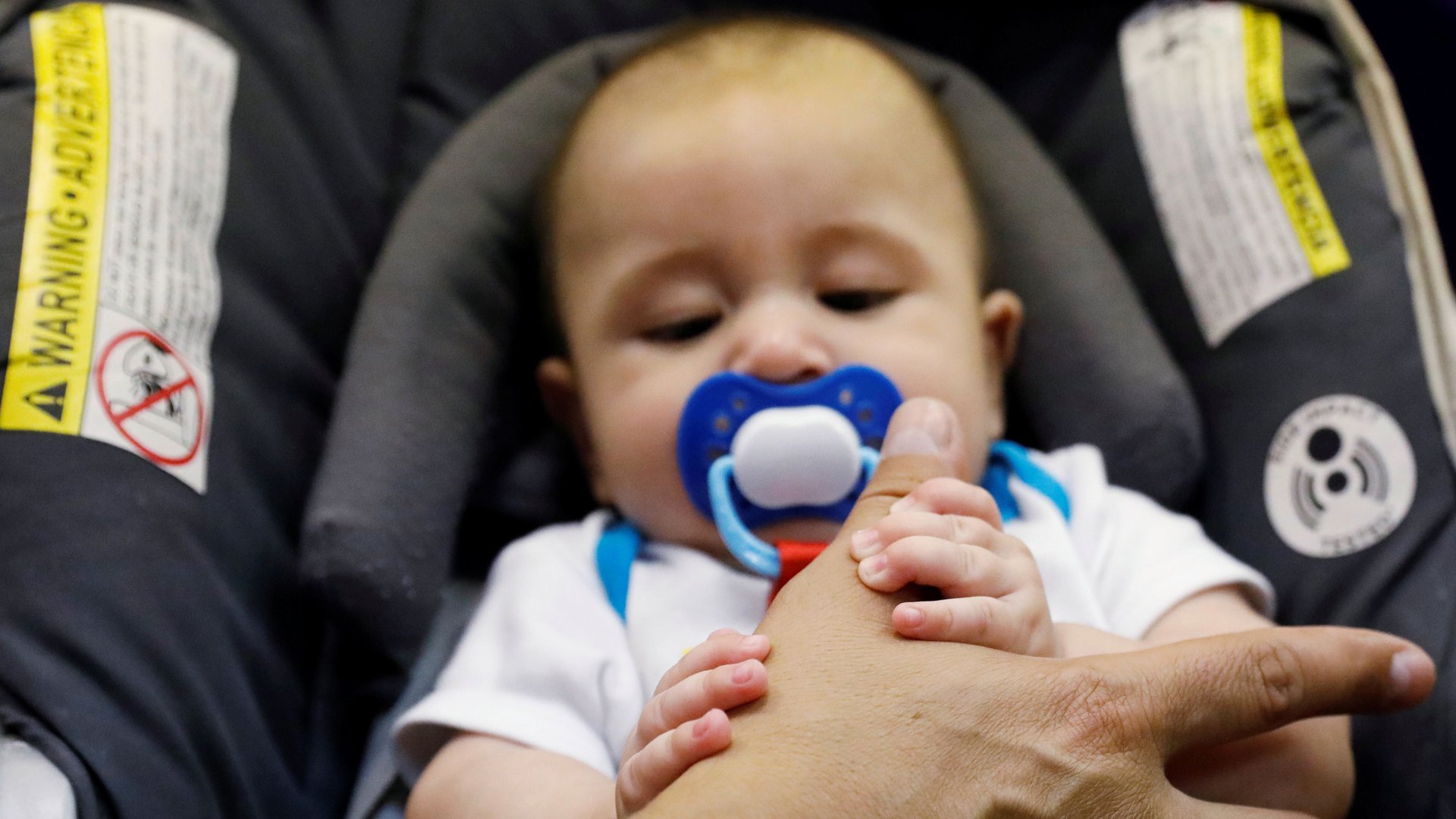The key to fixing inequality in education? Teach kids to be curious
When people talk about the educational challenges faced by low-income kids, they often focus on how environmental disadvantages like hunger, neighborhood violence, and lack of parental support impact school performance. But there’s a lot schools can do to help close the achievement gap between poor and wealthy children—like nurturing kids’ curiosity.


When people talk about the educational challenges faced by low-income kids, they often focus on how environmental disadvantages like hunger, neighborhood violence, and lack of parental support impact school performance. But there’s a lot schools can do to help close the achievement gap between poor and wealthy children—like nurturing kids’ curiosity.
That’s a key finding in an April 2018 study (paywall) published in the journal Pediatric Research. A team of researchers from the University of Michigan used data gathered in a nationally representative sample of 6,200 American kids, and found that kids who demonstrated an eagerness to learn new things were more likely to be high achievers in school.
The team at Michigan defines “curiosity” as “the joy of discovery, and the motivation to seek answers to what is unknown.” Some kids might be naturally curious about dinosaurs or ancient history. But parents and educators can also teach kids to have a curious outlook on learning, notably by having them “engage in activities that are personally meaningful.” A parent who wants their child to do well in a natural sciences class, for example, might take the child for walks in the park, chatting about how flowers grow or why some insects can fly and others can’t.
Scientists have known for several decades that curious children learn better; the famous 20th-century child psychologist Jean Piaget developed a theory of the four stages of a child’s development, and hypothesized that, from birth to 24 months, children were like “little scientists” who explored the world in various ways. Curiosity is one of the components of the social-emotional skills that have been proven to contribute to school readiness.
But most studies associated curiosity with academic success only in the context of persistence and attention span—what’s known as “effortful control.” In other words, previous studies looked at how curiosity could be an asset when it was harnessed to make kids more dedicated in their pursuit of learning. The new study finds that curiosity “is as important as effortful control for promoting reading and math academic achievement at kindergarten age”—that is, curiosity matters as much as kids’ self-control.
Curiosity also has socio-economic implications, because it can help “mitigate or close that [income-related] achievement gap in reading or math,” according to the lead researcher, Prachi Shah.
The researchers’ findings were based on a nationally representative, population-based study sponsored by the US Department of Education, which has gathered data on thousands of children since their birth in 2001. In 2006 and 2007, when these children were in kindergarten, the study measured kids’ reading, math, and behavioral skills through home visits and parent-reported assessments.
The fact that the study relied partially on parent-reported behavioral assessments of their children is a limitation, Shah told me. “Parents generally rated their children very positively on curiosity, so there wasn’t very much variation,” she explained. Nonetheless, after controlling for that factor, and “even with this narrow band of variation,” she said, “we still found that higher curiosity was associated with higher academic achievement.”
According to Shah, her team’s findings have important implications for how schools structure their early learning interventions and how they think of the achievement gap between low- and high-income students. Teachers “need to be curious about what motivates a child,” Shah told me. That means using the topics that child is interested in as gateways for learning. The big takeaway, she told me, is that “early education environments should promote the expression of curiosity by allowing children to ask questions and become active problem-solvers in their educational world.” That’s something that educators should be especially cognizant of when dealing with kids from lower-income backgrounds, who may have fewer opportunities to express their natural curiosity at home than their higher-income peers.
We know now that curious kids learn better. The next step is to find ways to harness the power of children’s natural curiosity, at school and at home.
This reporting is part of a series supported by a grant from the Bernard van Leer Foundation.